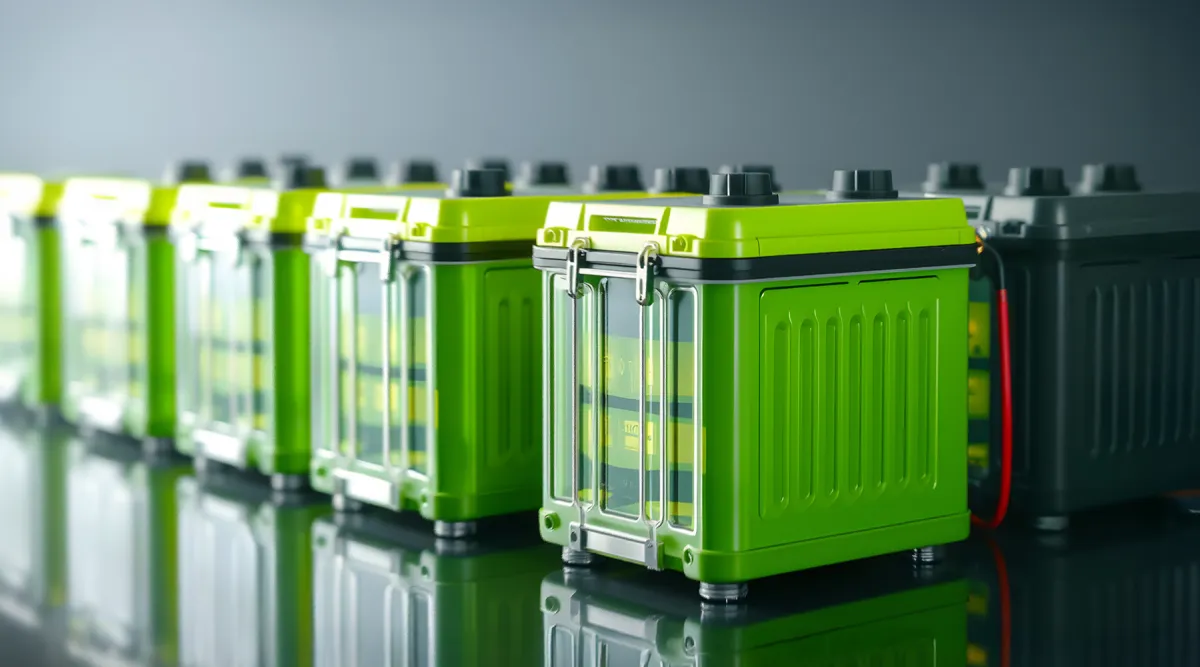Battery Storage 2.0: Catalyzing India’s Clean Energy Transition with Advanced Storage Solutions

As global power systems transition to renewable energy, battery energy storage has become central to grid stability, cost optimization, and energy access. From residential rooftops to utility-scale applications, storage technology is accelerating India’s decarbonization goals while enabling global net-zero targets. This Point of View provides a comprehensive outlook on market size, technology shifts, and key policy levers.
15 Slides | Market Forecasts | Application Areas | Technology Timeline | Policy Landscape
→ [Download the Full POV: Battery Storage Outlook 2024–2030]
WHO THIS POV IS FOR
This POV is designed for:
- Energy transition strategists and grid infrastructure developers
- Battery OEMs, material scientists, and storage startups
- Policymakers working on net-zero, energy security, and electrification
- Investors focused on cleantech, EV, and distributed energy solutions
EXECUTIVE SUMMARY
Battery energy storage is at a tipping point. While lithium-ion batteries remain dominant, a growing set of alternative chemistries is emerging—offering scalability, safety, and cost flexibility. The global battery energy storage market is projected to grow from USD 62 billion in 2024 to USD 372 billion in 2030, at a CAGR of 35%.

Key global indicators:
- Lithium-ion share to drop to 41% by 2030 as new chemistries scale
- Rapid R&D in solid-state, sodium-ion, vanadium redox, and zinc-bromine
- Policy-driven demand across the U.S., EU, Japan, and China
MARKET SNAPSHOT – STORAGE CAPACITY, DEMAND, AND COST TRENDS
Battery storage is expanding across use cases:
- Behind-the-meter systems
- Residential solar integration
- Commercial and industrial (C&I) use
- Grid-level renewable balancing
- Telecom infrastructure, replacing legacy lead-acid setups
Global capacity is projected to grow by 1 terawatt (TW) over the next 10 years. Battery costs have declined significantly—from $3,000/kWh in the late 1900s to $139/kWh in 2024, making storage financially viable across applications.

TECHNOLOGY LANDSCAPE – BEYOND LITHIUM: NEXT-GEN CHEMISTRIES
The industry is preparing for post-lithium innovation:
By 2025:
- Solid-state (higher safety, energy density)
- Vanadium redox (long cycle life, grid storage focus)
- Sodium-ion (abundant material, lower cost)
- Zinc-bromine (non-flammable, sustainable)
By 2030–2035:
- Potassium-air
- Aluminum-air
- Graphite dual-carbon
COMPETITIVE ADVANTAGE – REGIONAL LEADERSHIP AND FIRST MOVERS
Governments are positioning themselves to capture value:
- United States → Battery Materials R&D under the Inflation Reduction Act
- European Union → European Battery Alliance and R&I Action Plan
- Japan → MoEJ and Toyota investing in solid-state battery scale-up
- China → Domestic capacity building and tax-backed manufacturing expansion

POLICY & REGULATORY SIGNALS – SHIFTING FROM INCENTIVES TO STANDARDS
Policy instruments are evolving beyond subsidies:
- Focus on chemistry-specific mandates
- Push for circular battery ecosystems, including second-life and recycling
- Phase-outs for lead-acid due to health and environmental concerns
India, the U.S., EU, and China are aligning storage with broader climate finance, manufacturing incentives, and clean energy targets.
APPLICATION CASES – STORAGE ACROSS ENERGY ECOSYSTEMS
Battery storage is being deployed in:
- Telecom towers (as lead-acid replacements)
- Residential rooftops (solar+storage models)
- Commercial/industrial zones (peak shaving, grid stability)
- Grid-connected systems (energy arbitrage, balancing renewables)
- EV ecosystem pilots (battery reuse in Southeast Asia and India)
STRATEGIC IMPERATIVES – EXECUTION PATHWAYS FOR STORAGE 2.0
- Invest in diversified chemistries to avoid raw material dependency
- Integrate lifecycle design, including reuse and end-of-life planning
- Align tech scale-up with regional policy tailwinds
- Develop modular storage offerings for cross-sector adoption
- Leverage AI for performance management in large deployments
STORAGE IS THE FOUNDATION OF ENERGY TRANSFORMATION
Battery energy storage is no longer a support system—it is the central enabler of electrification, decarbonization, and energy decentralization. The years between 2024 and 2030 will define the chemistry, cost structure, and geopolitical alignment of future energy systems. Leaders that act now will build durable advantages in the clean energy value chain.



